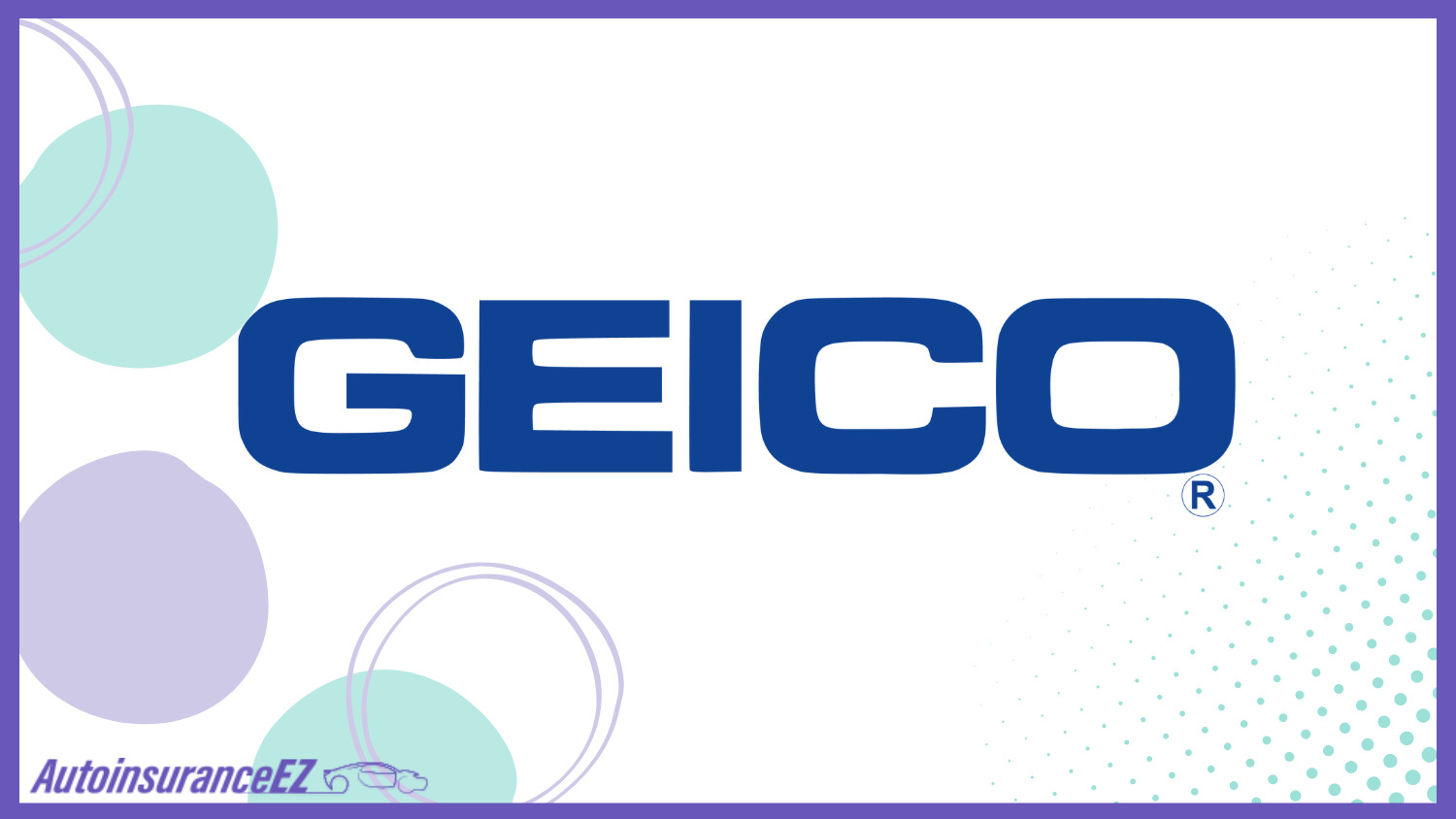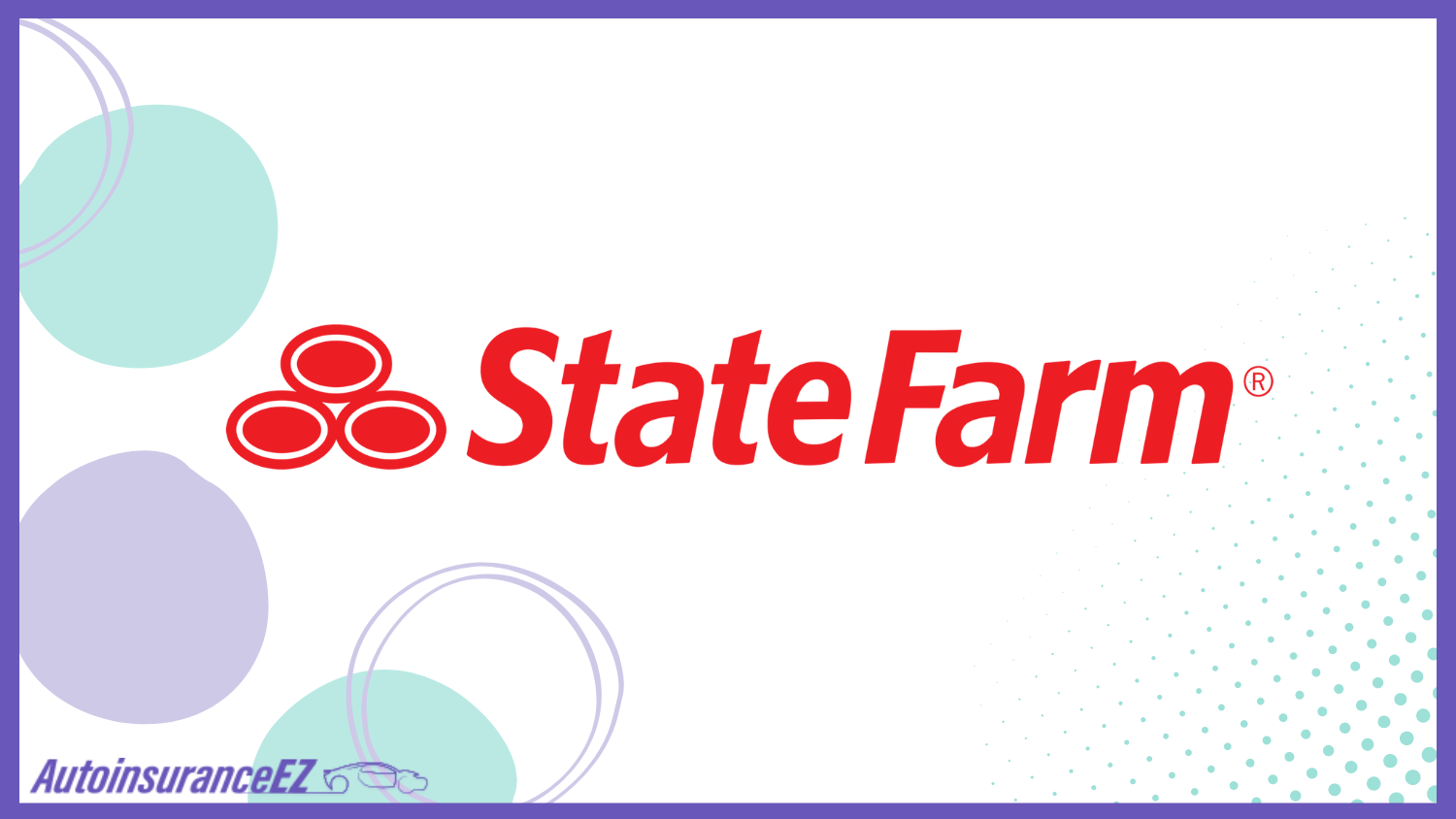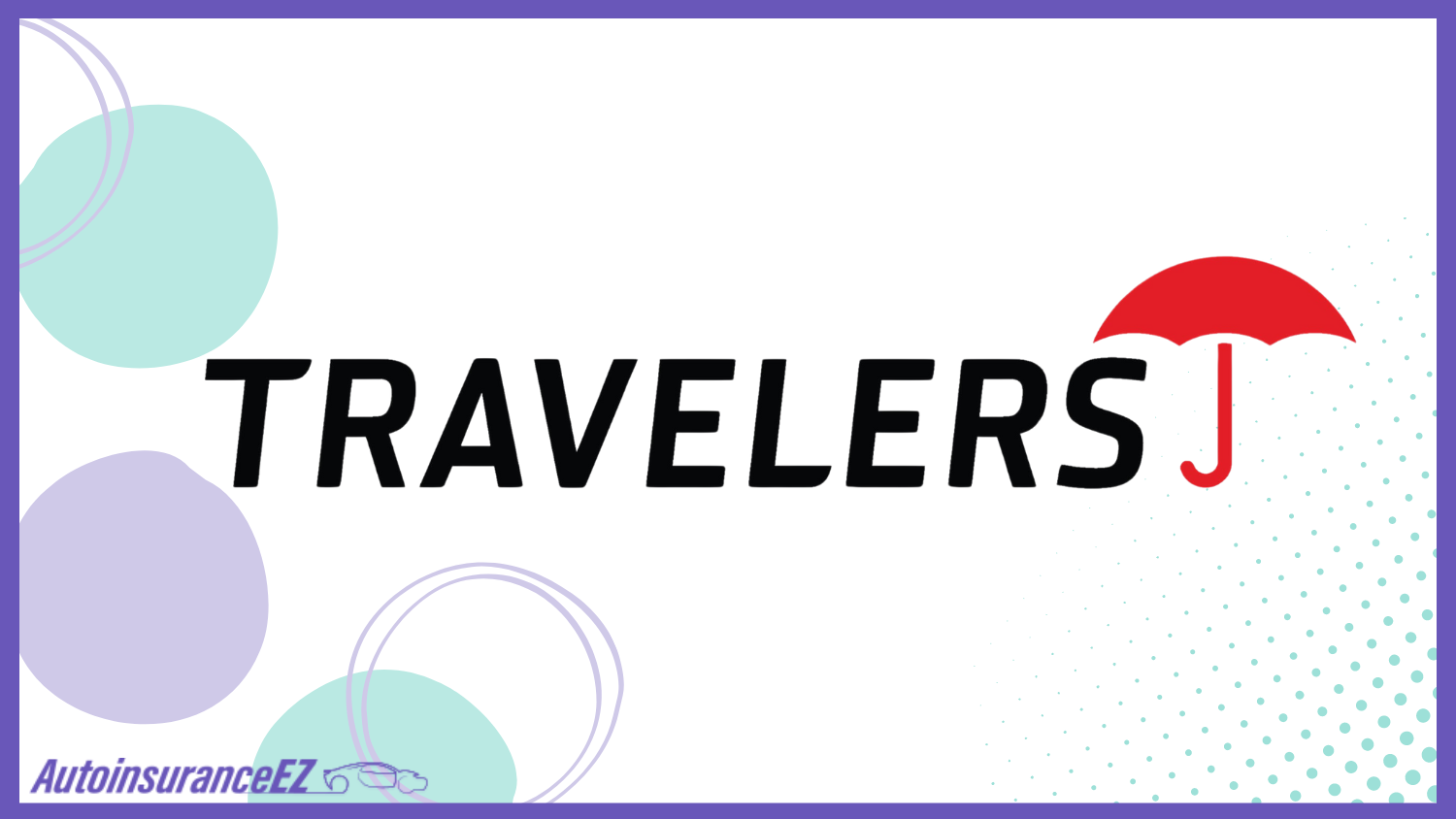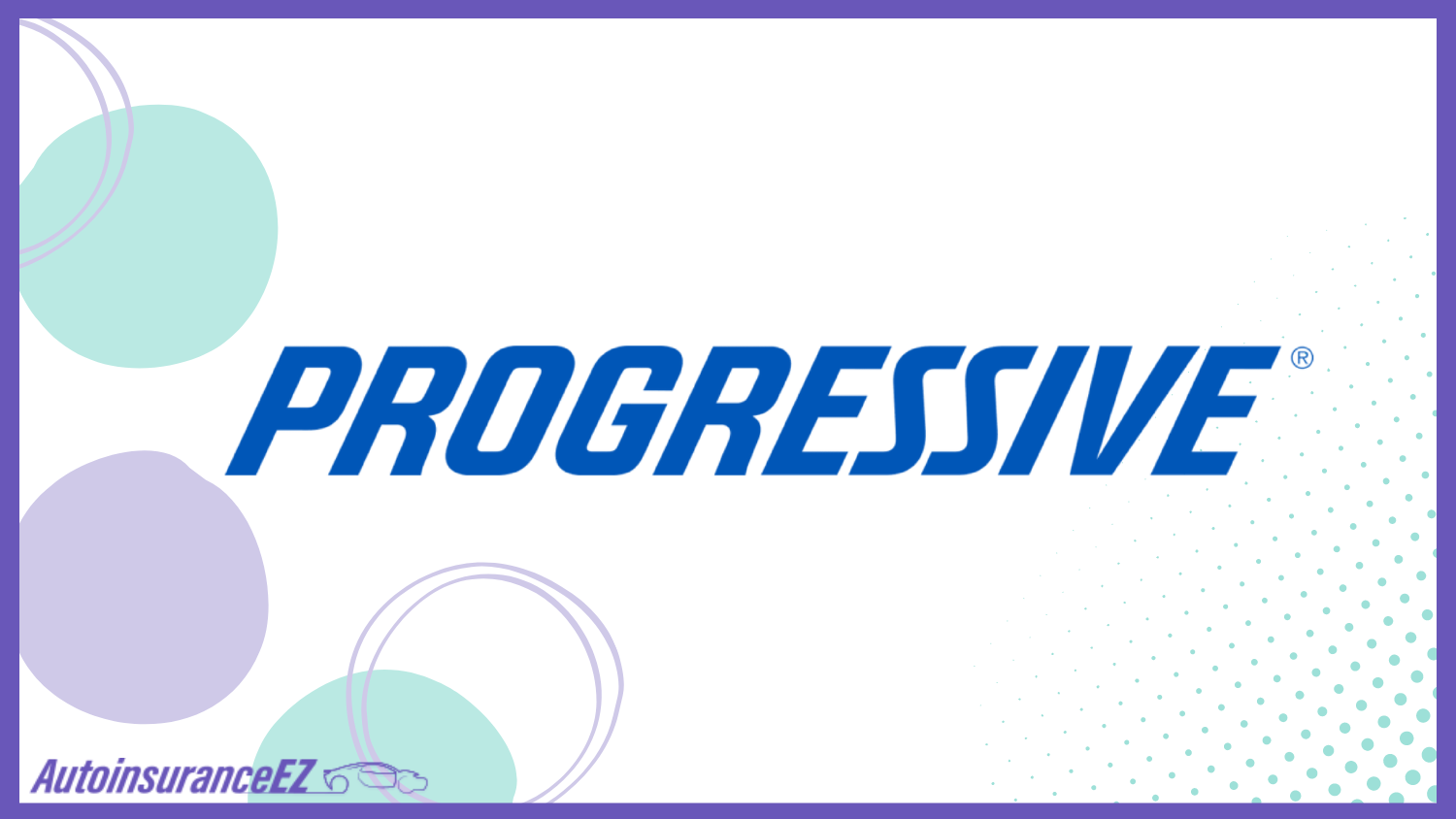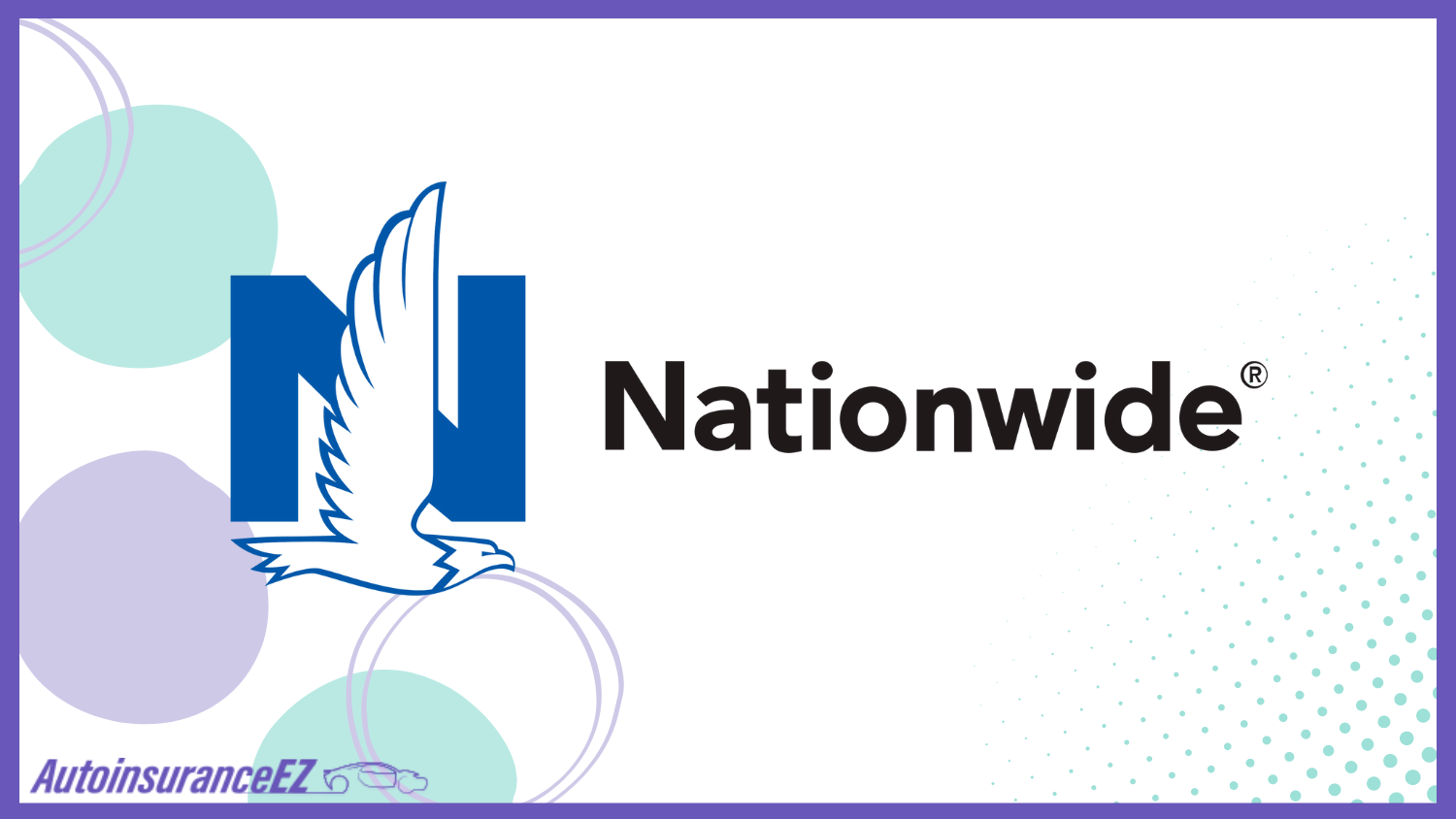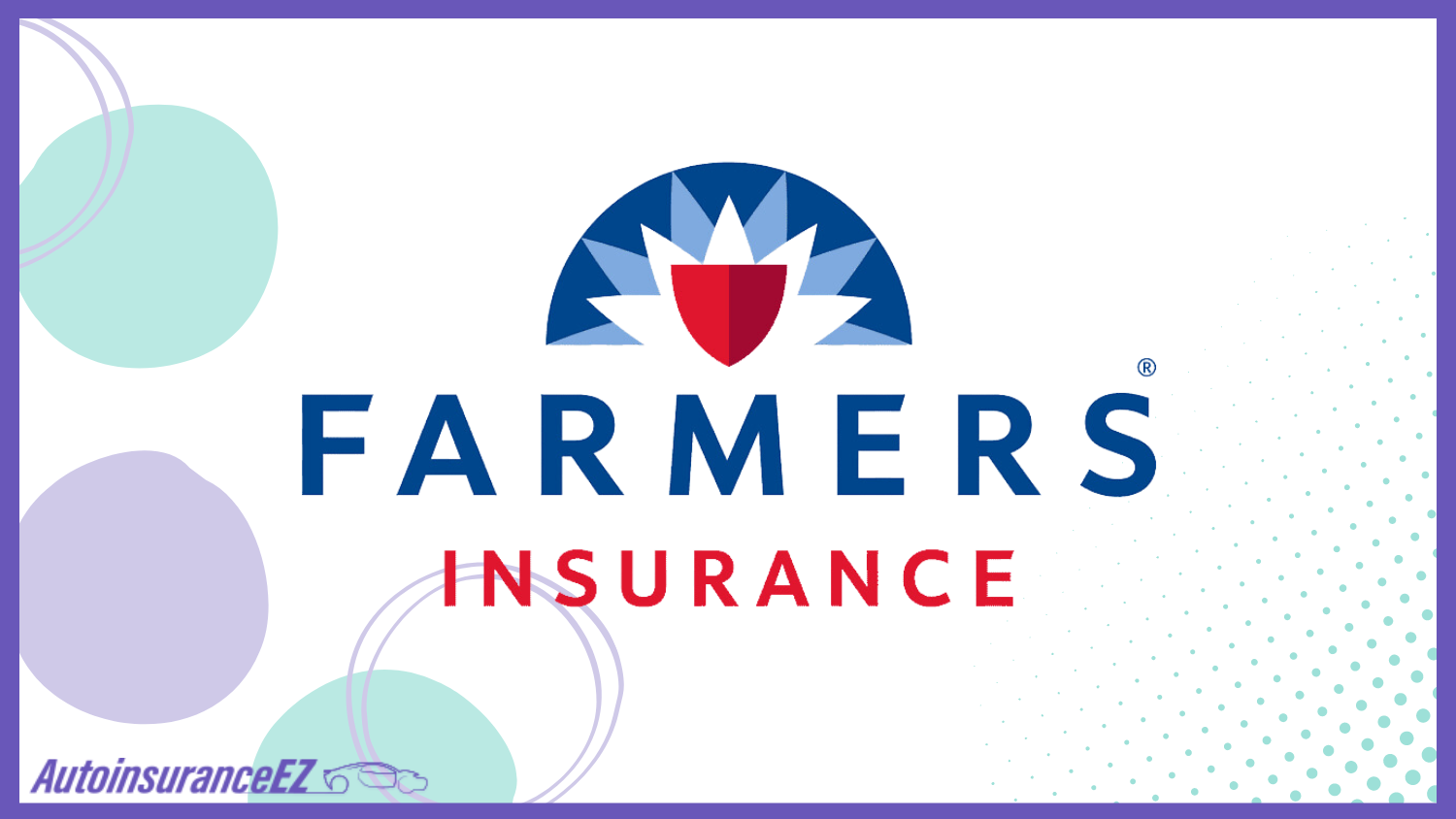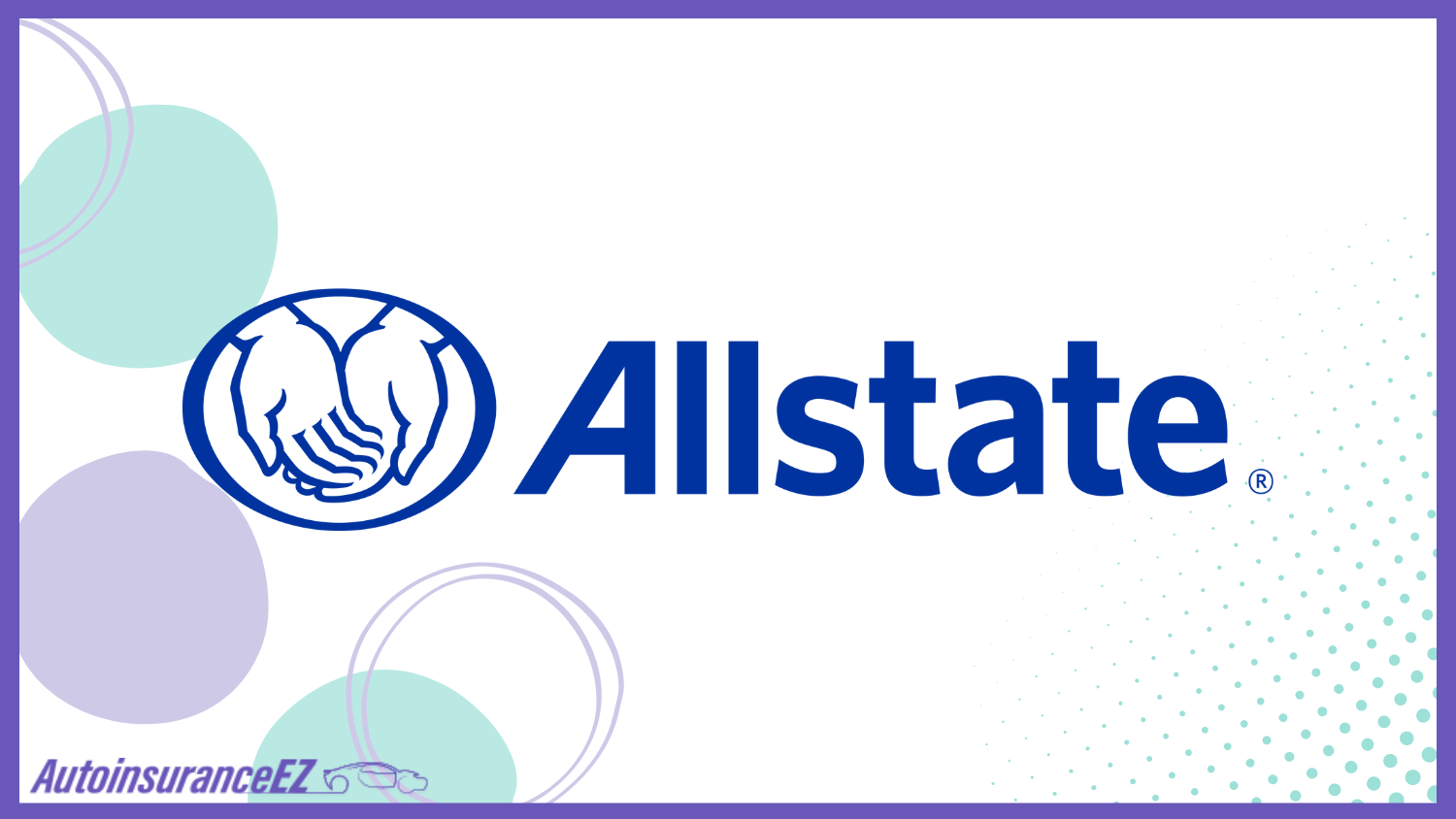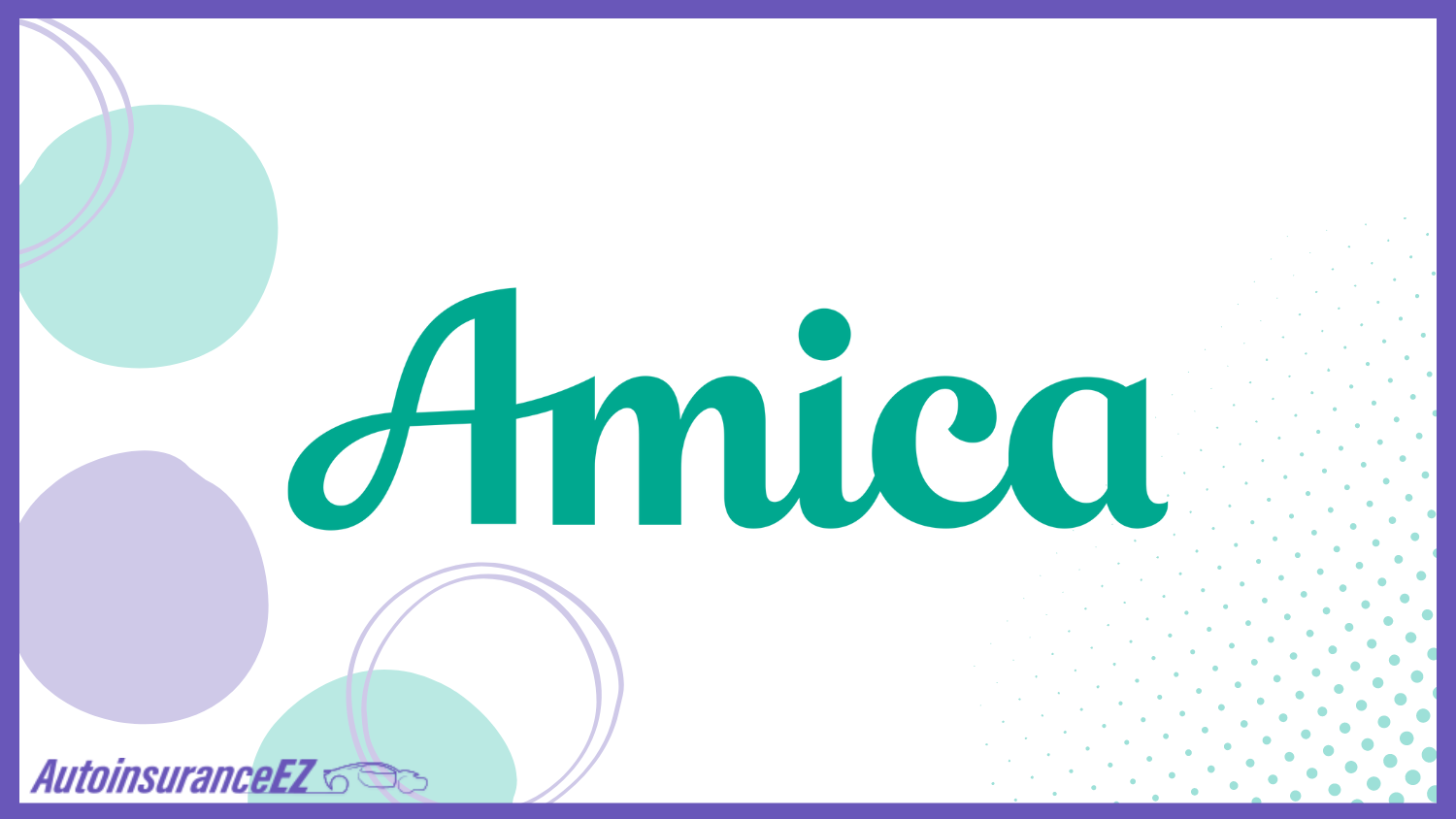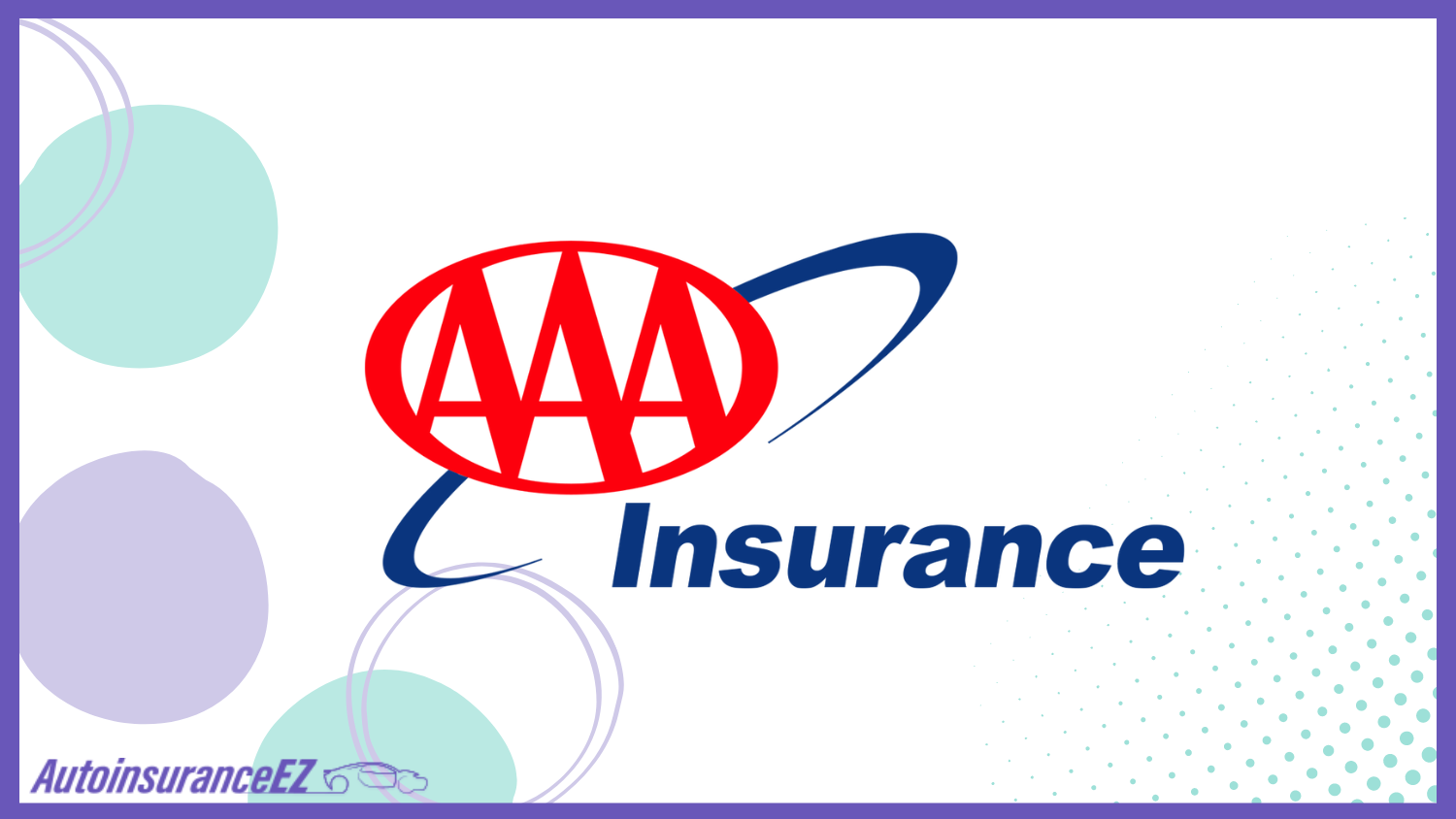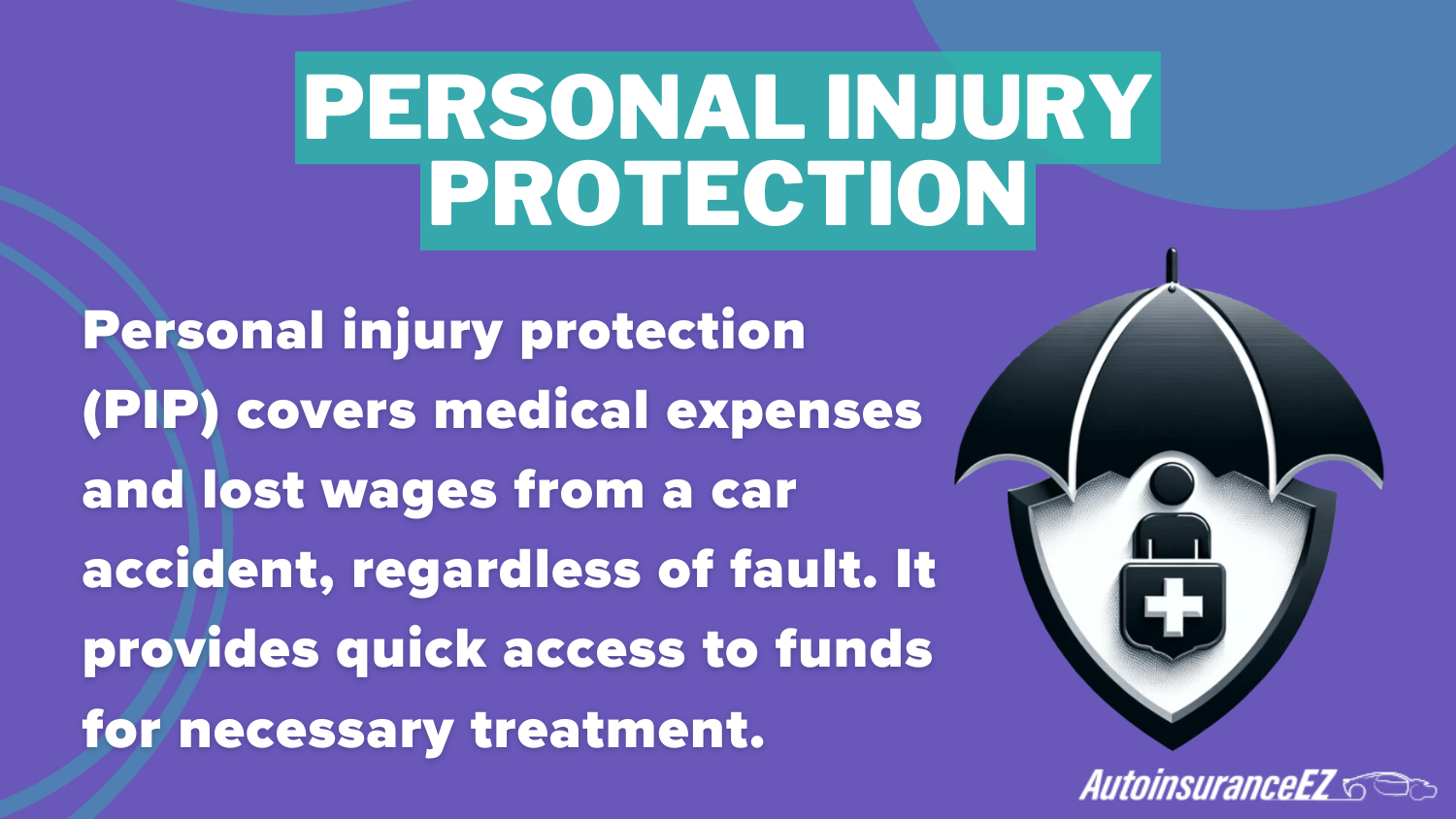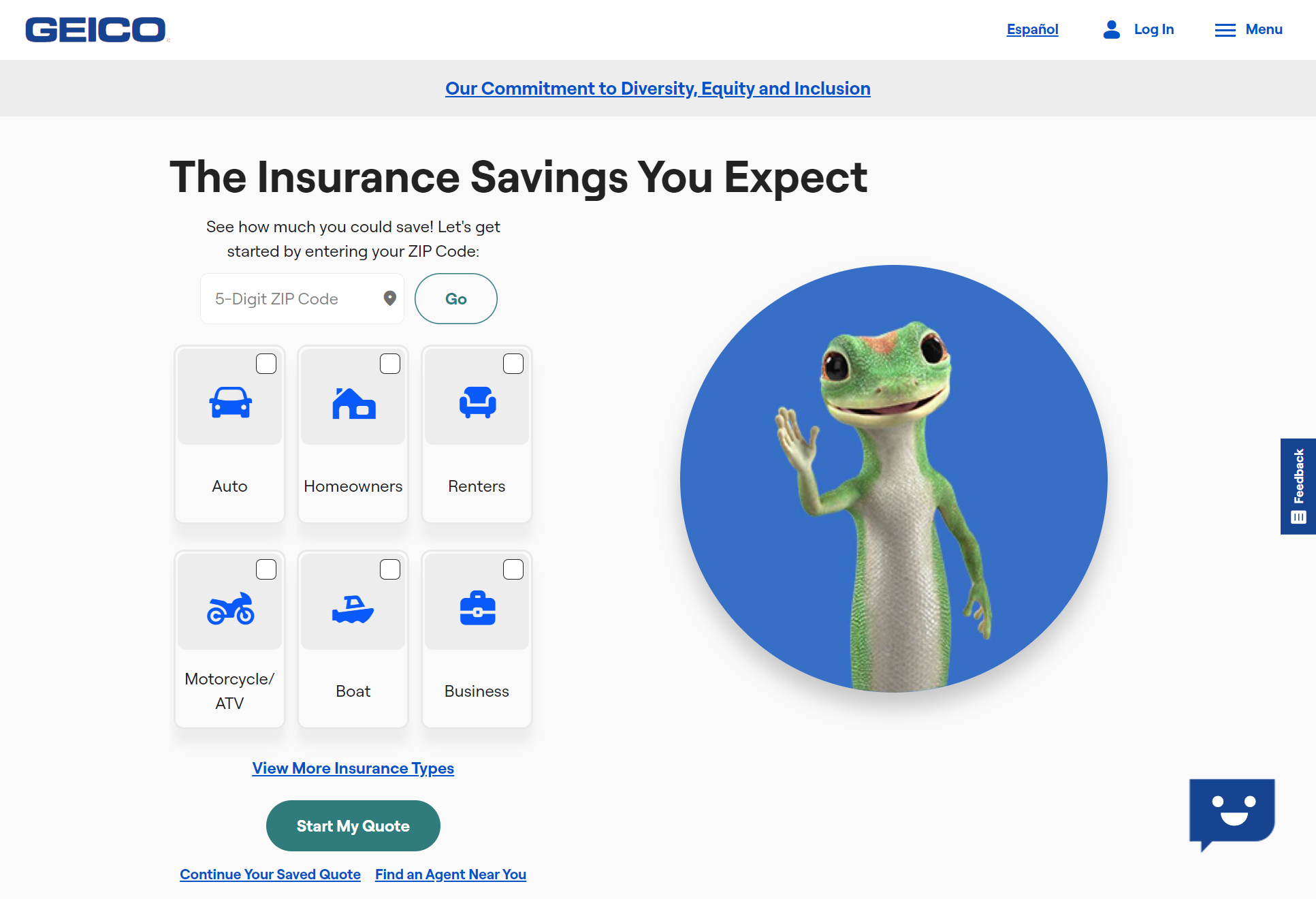Cheap Auto Insurance in Hawaii for 2025 (Save Big With These 10 Companies!)
For cheap auto insurance in Hawaii, the top options are Geico, State Farm, and Travelers. Geico stands out with rates starting as low as $22 per month, making it the best choice for affordability. These providers offer competitive auto insurance in Hawaii, ensuring significant savings and comprehensive coverage.
Free Auto Insurance Comparison
Enter your ZIP code below to compare auto insurance rates.
Secured with SHA-256 Encryption
Eric Stauffer
Licensed Insurance Agent
Eric Stauffer is an insurance agent and banker-turned-consumer advocate. His priority is educating individuals and families about the different types of insurance coverage. He is passionate about helping consumers find the best coverage for their budgets and personal needs. Eric is the CEO of C Street Media, a full-service marketing firm and the co-founder of ProperCents.com, a financial educat...
Licensed Insurance Agent
UPDATED: Jan 28, 2025
It’s all about you. We want to help you make the right coverage choices.
Advertiser Disclosure: We strive to help you make confident insurance decisions. Comparison shopping should be easy. We partner with top insurance providers. This doesn’t influence our content. Our opinions are our own.
Editorial Guidelines: We are a free online resource for anyone interested in learning more about auto insurance. Our goal is to be an objective, third-party resource for everything auto insurance related. We update our site regularly, and all content is reviewed by auto insurance experts.
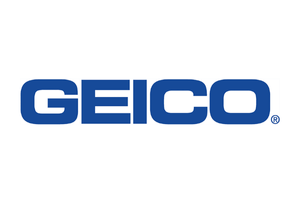 19,116 reviews
19,116 reviewsCompany Facts
Min. Coverage in Hawaii
A.M. Best Rating
Complaint Level
Pros & Cons
 19,116 reviews
19,116 reviews 18,155 reviews
18,155 reviewsCompany Facts
Min. Coverage in Hawaii
A.M. Best Rating
Complaint Level
Pros & Cons
 18,155 reviews
18,155 reviews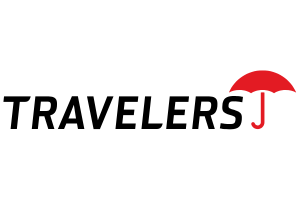 1,733 reviews
1,733 reviewsCompany Facts
Min. Coverage in Hawaii
A.M. Best Rating
Complaint Level
Pros & Cons
 1,733 reviews
1,733 reviewsThe top pick for cheap auto insurance in Hawaii is Geico, offering rates starting as low as $22 per month. Geico excels not only in affordability but also in customer service and comprehensive coverage options.
Alongside Geico, State Farm and Farmers Insurance present competitive rates and strong customer satisfaction ratings, making them reliable alternatives. These top providers offer strong value and protection, helping you find a policy suited to your needs and budget in Hawaii’s competitive auto insurance market.
Our Top 10 Company Picks: Cheap Auto Insurance in Hawaii
| Company | Rank | Monthly Rates | A.M. Best | Best For | Jump to Pros/Cons |
|---|---|---|---|---|---|
| #1 | $22 | A++ | Cheap Rates | Geico | |
| #2 | $23 | B | Customer Service | State Farm | |
| #3 | $27 | A++ | Bundling Policies | Travelers | |
| #4 | $29 | A+ | Qualifying Coverage | Progressive | |
 | #5 | $31 | A+ | Widespread Availability | Nationwide |
| #6 | $36 | A | Policy Options | Farmers | |
| #7 | $43 | A+ | Infrequent Drivers | Allstate | |
 | #8 | $47 | A | 24/7 Support | Liberty Mutual |
| #9 | $63 | A+ | Dividend Payments | Amica | |
 | #10 | $70 | A | Roadside Assistance | AAA |
Explore various providers to find the perfect auto insurance policy that meets your budget and coverage needs, ensuring you get the best value and protection. To delve deeper, refer to our report titled, “Cheap Auto Insurance Companies.”
Start saving on your auto insurance by entering your ZIP code above and comparing quotes.
- Geico provides Hawaii’s cheapest auto insurance with rates from $22 per month
- State Farm and Travelers offer competitive pricing for auto insurance in Hawaii
- Discover affordable options tailored for your unique needs in Hawaii
#1 – Geico: Overall Top Pick
Pros:
- Lowest Starting Rates: Geico offers the cheapest auto insurance in Hawaii with rates starting at just $22 per month, ideal for budget-conscious drivers.
- Excellent Discounts: Multiple discounts, like those for safe driving and bundling, make cheap auto insurance in Hawaii more affordable. Explore our Geico review for more insights.
- Efficient Online Tools: Geico’s easy-to-use online platform allows for quick comparison of cheap auto insurance in Hawaii quotes, saving both time and money.
Cons:
- Limited In-Person Support: Despite offering cheap auto insurance in Hawaii, Geico may lack extensive local offices, which could be a downside for those who prefer face-to-face interactions.
- Fewer Policy Customizations: Geico’s focus on cheap auto insurance in Hawaii means fewer options for highly customizable coverage compared to some competitors.
Enter your ZIP code below to compare auto insurance rates.
Secured with SHA-256 Encryption
#2 – State Farm: Best for Customer Service
Pros:
- Strong Customer Satisfaction: While offering cheap auto insurance in Hawaii, State Farm excels in customer service, keeping policyholders well-supported. Uncover details in our State Farm review.
- Local Agents: State Farm’s extensive network of local agents can help guide you to the best cheap auto insurance in Hawaii options, offering personalized service.
- Reliable Claims Process: Known for an easy claims process, State Farm ensures that even with cheap auto insurance in Hawaii, you’ll get quick and efficient claims handling.
Cons:
- Higher Initial Rates: Compared to competitors like Geico, State Farm’s cheap auto insurance in Hawaii may start at slightly higher rates, though this is offset by their service quality.
- Limited Discounts for Basic Policies: While customer service is top-notch, the discounts for cheap auto insurance in Hawaii may not be as extensive unless you bundle or qualify for specific offers.
#3 – Travelers: Best for Bundling Policies
Pros:
- Significant Bundling Discounts: Travelers offers excellent deals for those looking to bundle multiple policies, leading to cheap auto insurance in Hawaii with comprehensive coverage.
- Wide Range of Coverage: Travelers offers policy options that allow you to customize cheap auto insurance in Hawaii w/out sacrificing coverage. Check our Travelers review for a thorough analysis.
- Reputable Financial Stability: You can count on Travelers to remain reliable even while offering cheap auto insurance in Hawaii, backed by strong financials.
Cons:
- Higher Standalone Auto Rates: Without bundling, Travelers’ cheap auto insurance in Hawaii rates may be higher than competitors like Geico or Progressive.
- Limited Online Tools: The online experience for finding cheap auto insurance in Hawaii with Travelers might not be as streamlined as other providers, requiring more agent interaction.
#4 – Progressive: Best for Qualifying Coverage
Pros:
- Wide Range of Discounts: Progressive’s Snapshot program allows drivers to qualify for cheap auto insurance in Hawaii based on driving habits, offering significant savings.
- Strong Digital Experience: Progressive’s user-friendly website and app simplify managing cheap auto insurance in Hawaii and allow for quick quotes and policy updates.
- Flexible Coverage Options: Even for cheap auto insurance in Hawaii, Progressive offers customizable plans to fit your coverage needs. Read our Progressive insurance review to learn more.
Cons:
- Higher Rates for High-Risk Drivers: While Progressive offers cheap auto insurance in Hawaii for most, high-risk drivers might see steeper premiums compared to other providers.
- Customer Service Can Vary: Progressive’s focus on technology means in-person support for cheap auto insurance in Hawaii may not be as robust as with companies like State Farm.
Enter your ZIP code below to compare auto insurance rates.
Secured with SHA-256 Encryption
#5 – Nationwide: Best for Widespread Availability
Pros:
- Consistent Nationwide Coverage: Nationwide’s presence across the U.S. ensures that drivers can find cheap auto insurance in Hawaii, no matter their location.
- Strong Financial Standing: Nationwide offers financial strength for a solid cheap auto insurance in Hawaii, even in the long term. Discover specific features in our Nationwide auto insurance review.
- Variety of Discounts: Nationwide offers numerous discounts that help make their cheap auto insurance in Hawaii options even more affordable, especially for safe drivers.
Cons:
- Higher Rates for Younger Drivers: Younger drivers seeking cheap auto insurance in Hawaii may find Nationwide’s rates higher than competitors like Geico or Progressive.
- Limited Availability of Local Agents: Despite being known for widespread availability, some areas of Hawaii may not have as many local agents for in-person support.
#6 – Farmers: Best for Policy Options
Pros:
- Flexible Policy Customization: Farmers offers tailored policy options, making it easy to find cheap auto insurance in Hawaii that meets your needs. Dive into our Farmers review for an in-depth look.
- Strong Customer Loyalty Programs: Farmers rewards long-term customers with lower rates, ensuring your cheap auto insurance in Hawaii stays affordable over time.
- Local Agent Support: Personalized service from Farmers’ local agents can help you get the best cheap auto insurance in Hawaii, with expert advice and support.
Cons:
- Premiums May Be Higher: Farmers’ extensive policy options could lead to higher premiums for drivers seeking cheap auto insurance in Hawaii without all the extras.
- Limited Online Features: Farmers focuses on in-person service, so finding and managing cheap auto insurance in Hawaii online may not be as seamless as other providers.
#7 – Allstate: Best for Infrequent Drivers
Pros:
- Pay-Per-Mile Savings: Infrequent drivers can save with Allstate’s pay-per-mile plans in Hawaii, paying only for the miles they drive. Learn about Allstate auto insurance in our detailed review.
- Numerous Discounts for Safe Drivers: Allstate offers a range of discounts, making it easier to find cheap auto insurance in Hawaii if you maintain a clean driving record.
- Comprehensive Telematics Program: Allstate’s Drivewise program allows drivers to track their driving habits and potentially unlock cheap auto insurance in Hawaii based on performance.
Cons:
- Higher Rates for Regular Drivers: Those who drive more frequently may find Allstate’s cheap auto insurance in Hawaii rates less competitive compared to pay-per-mile options.
- Limited Local Office Access: While Allstate offers cheap auto insurance in Hawaii, the company may not have the same local presence as companies like State Farm or Farmers.
Enter your ZIP code below to compare auto insurance rates.
Secured with SHA-256 Encryption
#8 – Liberty Mutual: Best for 24/7 Support
Pros:
- Round-the-Clock Customer Service: Liberty Mutual’s 24/7 support ensures you can always manage your cheap auto insurance in Hawaii or file claims at any time.
- Variety of Customization Options: Liberty Mutual allows drivers to tailor their policies, keeping cheap auto insurance in Hawaii flexible without sacrificing coverage.
- Strong Safety and Driver Discounts: Safe drivers can earn discounts, resulting in significant savings on cheap auto insurance in Hawaii. Get the complete details in our Liberty Mutual insurance review.
Cons:
- Higher Base Premiums: Liberty Mutual’s cheap auto insurance in Hawaii rates may start higher than competitors, though discounts help bring down the cost.
- Complex Pricing Structure: The range of options can make it harder to compare cheap auto insurance in Hawaii rates without thorough research and customization.
#9 – Amica: Best for Dividend Payments
Pros:
- Dividend Payouts: Amica’s dividend policy allows you to receive a portion of your premium back, making cheap auto insurance in Hawaii more affordable in the long run.
- Exceptional Customer Satisfaction: Known for excellent service, Amica offers cheap auto insurance in Hawaii with top-tier support and claims handling.
- Discounts for Loyal Customers: Amica offers loyalty discounts to keep your cheap auto insurance in Hawaii affordable each year. Review our Amica auto insurance overview for additional insights.
Cons:
- Fewer Local Agents: Amica’s limited physical presence in Hawaii could make it harder to get personalized support when seeking cheap auto insurance in Hawaii.
- Premiums Can Start Higher: Despite dividend options, initial premiums for cheap auto insurance in Hawaii may be higher compared to other providers like Geico.
#10 – AAA: Best for Roadside Assistance
Pros:
- Bundled Roadside Assistance: AAA offers cheap auto insurance in Hawaii with the added benefit of renowned roadside assistance, providing peace of mind at an affordable price.
- Exclusive Member Discounts: AAA members can access various discounts, ensuring cheap auto insurance in Hawaii while enjoying membership perks.
- Reliable Service: AAA is known for its excellent customer service, offering dependable cheap auto insurance in Hawaii with quick response times.
Cons:
- Membership Requirement: AAA’s cheap auto insurance in Hawaii is only available to members, requiring an additional annual fee. See our AAA auto insurance review for further details.
- Higher Base Rates for Non-Member: Drivers not utilizing the full membership perks may find that cheap auto insurance in Hawaii from AAA starts higher than competitors.
Enter your ZIP code below to compare auto insurance rates.
Secured with SHA-256 Encryption
Comprehensive Guide to Hawaii Auto Insurance Rates by Provider & Discounts
Choosing the right auto insurance in Hawaii involves evaluating both monthly rates and available discounts to ensure you get the best value. The tables below offer a detailed breakdown of monthly rates for minimum and full coverage car insurance from various top providers, highlighting how each company stacks up in terms of affordability and coverage.
Hawaii Auto Insurance Monthly Rates by Provider & Coverage Level
Additionally, discover the discounts each insurer offers, which can further reduce your costs. By comparing these rates and discounts, you can find a policy that not only fits your budget but also meets your coverage needs. This guide will help you make an informed decision, allowing you to secure cheap auto insurance in Hawaii while benefiting from potential savings.
Auto Insurance Discounts from the Top Providers in Hawaii
For the most cost-effective coverage, use the provided data to assess different insurance options. This comprehensive overview equips you with the knowledge needed to choose the best auto insurance policy in Hawaii, ensuring both affordability and adequate protection.
Exploring Hawaii’s Unique Car Culture
Hawaii’s car culture is unique, shaped by the state’s geography, lifestyle, and the influences of island living. Residents often favor practical vehicles, such as trucks and SUVs, which are well-suited for navigating both urban environments and rugged terrains. The love for outdoor activities, such as surfing and hiking, drives the popularity of vehicles that can accommodate gear and family outings.
Geico offers the best value for cheap auto insurance in Hawaii with its unbeatable rates starting at just $22 per month.
Daniel Walker Licensed Insurance Agent
Additionally, with the stunning coastal roads and scenic views, driving in Hawaii is more than just a necessity—it’s an experience. Car enthusiasts in the islands also enjoy customizing their vehicles, often reflecting their personal style and the vibrant culture of Hawaii. Overall, the combination of practicality and fun makes Hawaii’s car culture both unique and vibrant, offering valuable driving tips for road safety.
Understanding Hawaii Auto Insurance Requirements And Laws
In Hawaii, drivers must adhere to specific auto insurance requirements to ensure they are legally covered while on the road. The state’s insurance laws are designed to protect all parties involved in an accident, providing essential coverage through bodily injury liability insurance, as well as protection for property damage and personal injuries. Here’s a breakdown of the minimum coverage required:
- $20,000 Bodily Injury Liability per Person: This coverage helps pay for injuries sustained by another person in an accident you cause.
- $40,000 Bodily Injury Liability per Accident: This amount covers the total costs for injuries to two or more people in an accident you are responsible for.
- $10,000 Property Damage Coverage per Accident: This coverage pays for damage to another person’s property from an accident you cause but excludes damage to your own vehicle.
- $10,000 Personal Injury Protection (PIP): This provides coverage for your own medical expenses and related losses regardless of fault in an accident.
Understanding and meeting Hawaii’s auto insurance requirements is essential for ensuring compliance with state laws and safeguarding your financial well-being on the road. By adhering to these requirements, you fulfill your legal obligations and obtain the necessary coverage to protect yourself and others in the event of an accident.
Additionally, drivers in Hawaii have several options to ensure comprehensive protection on the road. While basic auto insurance is required, additional coverage options can provide extra peace of mind in various situations. Here’s a brief overview of key additional liability coverages available in Hawaii:
- Medical Payments (MedPay): Medical Payments Car Insurance Coverage (MedPay) covers medical expenses for both you and your passengers following an accident.
- Personal Injury Protection (PIP): This coverage is vital for covering medical expenses from auto accidents, regardless of fault.
- Uninsured/Underinsured Motorist Coverage: UM/UIM auto insurance coverage safeguards you in accidents involving uninsured or underinsured drivers.
Opting for additional liability coverage can enhance your financial protection and ensure you are better equipped to handle unforeseen circumstances while driving in Hawaii. This extra protection ensures you are well-equipped to manage potential risks and expenses that basic coverage might not fully address.
5 Most Common Auto Insurance Claims in Hawaii
| Claim Type | Portion of Claims | Cost per Claim |
|---|---|---|
| Collision | 33% | $3,700 |
| Comprehensive | 20% | $2,500 |
| Property Damage | 18% | $4,100 |
| Bodily Injury Liability | 16% | $15,500 |
| Personal Injury Protection (PIP) | 13% | $8,900 |
The above table outlines the five most prevalent auto insurance claims in Hawaii, highlighting their frequency and associated costs. Understanding these common claims can help drivers in Hawaii better navigate their insurance options and anticipate potential costs.
Enter your ZIP code below to compare auto insurance rates.
Secured with SHA-256 Encryption
Alternative Coverage Options for Hawaii Auto Insurance
When selecting auto insurance in Hawaii, it’s important to go beyond the basic state requirements to ensure you have comprehensive protection tailored to your needs. These additional options can offer extra security, convenience, and peace of mind, catering to a wide range of driving scenarios and personal preferences.
- Personal Umbrella Policy (PUP): Provides extra liability coverage that extends beyond your auto and home insurance limits, offering added protection against major claims.
- Guaranteed Auto Protection (Gap): Covers the difference between your car’s current value and the amount owed on your loan or lease if your vehicle is totaled.
- Rental Reimbursement: Helps cover the cost of a rental vehicle while your car is being repaired after an accident.
- Emergency Roadside Assistance: Offers support for unexpected roadside issues, such as flat tires, dead batteries, or lockouts.
- Mechanical Breakdown Insurance: Covers repairs for mechanical failures not typically included in standard auto insurance, offering peace of mind for unexpected breakdowns.
Including these options into your auto insurance policy can help you achieve a higher level of coverage and protection. By considering these add-ons, endorsements, and riders, you can better tailor your insurance to your specific needs and ensure comprehensive protection while driving in Hawaii.
Credit History Rates for Hawaii Auto Insurance
Credit history plays a crucial role in determining auto insurance rates in many states. Although Hawaii is one of the states that does not use credit scores to influence insurance premiums, understanding how credit history affects rates elsewhere can provide valuable insights.
Insurers frequently consider credit scores when evaluating risk and determining rates, with higher scores typically resulting in lower premiums, illustrating how your credit score affects your car insurance premiums. For residents in states where credit history impacts insurance costs, maintaining a good credit score can result in significant savings.
- Higher Scores, Lower Rates: Better credit scores usually lead to lower insurance premiums.
- No Credit Impact in Hawaii: Hawaii does not use credit scores for setting auto insurance rates.
- Credit-Based Risk Assessment: Insurers view poor credit as a higher risk, which can increase rates.
- Maintaining Good Credit: Regularly reviewing and improving your credit score can help lower insurance costs.
- State Variations: The impact of credit history on rates varies by state, so it’s important to check local regulations.
Understanding these dynamics can help you manage your insurance costs more effectively, whether you live in Hawaii or another state where credit history is a factor.
Hawaii Accidents & Claims per Year by City
| City | Accidents per Year | Claims per Year |
|---|---|---|
| Hilo | $2,500 | $1,900 |
| Honolulu | $10,000 | $7,800 |
| Kailua | $2,100 | $1,600 |
| Kaneohe | $1,800 | $1,400 |
| Pearl City | $1,700 | $1,300 |
This data highlights the annual accidents and claims per year in key locations, revealing insights into traffic safety and insurance needs across the state. Notably, Honolulu experiences the highest number of accidents and claims, while smaller cities like Kaneohe and Pearl City report lower figures, reflecting varying levels of risk.
Driving Record Rates
When shopping for auto insurance, it’s crucial to understand how your driving record affects your premiums. Insurance companies assess risk based on various factors, with driving history being a significant determinant. This article offers a detailed analysis of driving record rates from leading insurance providers.
It compares the costs of maintaining a clean driving record with those associated with violations such as speeding, accidents, or DUIs. Understanding these rates can help you make informed decisions when choosing an insurance policy, ensuring you find coverage that aligns with your driving habits and budget. To learn more, explore our resource titled, “Cheap Auto Insurance for a Bad Driving Record.”
Hawaii Auto Insurance Monthly Rates by Provider & Driving Record
By familiarizing yourself with how different violations impact premiums across various providers, you can take proactive steps to maintain a clean record and potentially lower your insurance costs. Whether you’re a new driver or a seasoned motorist, being aware of these factors empowers you to make more informed decisions about your auto insurance coverage.
Analysis of Hawaii’s Largest Car Insurance Companies
The table below provides a detailed analysis of the 10 largest car insurance companies in Hawaii, focusing on key metrics such as direct premiums written, loss ratio, and market share. Understanding these figures helps consumers navigate the competitive landscape of auto insurance in the state, offering insights into the financial health and market presence of each major insurer.
Hawaii Auto Insurance Providers by Market Share
By examining the direct premiums written, loss ratios, and market shares of the top car insurance companies in Hawaii, consumers can make informed decisions when choosing an insurer. This detailed overview showcases the top companies in the market and offers essential information to help you choose the best coverage for your needs, considering the average auto insurance cost.
Hawaii Report Card: Auto Insurance Discounts
| Discount Name | Grade | Savings | Participating Providers |
|---|---|---|---|
| Good Driver Discount | A | 25% | Geico, State Farm, Progressive, Allstate |
| Good Student Discount | A | 20% | State Farm, Allstate, Liberty Mutual |
| Multi-Policy Discount | A- | 20% | Nationwide, Liberty Mutual, USAA |
| Defensive Driving Discount | B+ | 15% | Allstate, The Hartford, Geico |
| Low Mileage Discount | B | 10% | Progressive, Nationwide, Liberty Mutual |
This report card highlights key auto insurance discounts available to Hawaii residents, including grades and potential savings from major providers like Geico, State Farm, and Progressive. It also evaluates the overall premium landscape, addressing average costs, regional variations, and customer satisfaction ratings to provide a comprehensive overview of the insurance environment in the state.
Hawaii Report Card: Auto Insurance Premiums
| Category | Grade | Explanation |
|---|---|---|
| Discount Availability | A- | Discounts are strong, especially for good drivers and multi-policy holders |
| Customer Satisfaction | B+ | Generally positive, though claims handling could see improvement |
| Average Premiums | B | Premiums are above the national average due to the higher cost of living. |
| Regional Variation | B | Honolulu has significantly higher premiums compared to other regions |
| Premiums for High-Risk Drivers | C+ | Higher premiums for drivers with accidents or violations |
While average premiums are slightly above the national average and high-risk drivers face higher costs, the strong discount availability and generally positive customer satisfaction ratings reflect a competitive market. Being aware of these factors can empower Hawaii drivers to make informed choices and optimize their auto insurance coverage.
Enter your ZIP code below to compare auto insurance rates.
Secured with SHA-256 Encryption
Essential Driving Laws in Hawaii: What You Need to Know
Understanding Hawaii’s driving laws is crucial for maintaining safety and compliance on the island roads. These regulations are designed to accommodate the unique driving environment of Hawaii, balancing safety with the island lifestyle. From insurance rules to mobile device restrictions, these laws help residents and visitors drive safely and efficiently. Here’s a detailed overview of the key driving laws you need to know:
- No-Fault Insurance System: Hawaii follows no-fault auto insurance laws, which mandate that drivers file claims through their own insurance for medical costs and other losses, irrespective of who is at fault in an accident.
- Cell Phone Use: Hand-held cell phone use is prohibited for all drivers. Teens under 18 are banned from using cell phones while driving, and texting while driving is illegal.
- Seat Belt and Child Safety Laws: All drivers and passengers must wear seat belts. Children under 8 years old must be secured in appropriate car seats or booster seats.
- Speed Limits: Standard speed limits are 25-35 mph in urban areas and 55-60 mph on highways. Adhering to these limits is essential for safety and compliance.
- License Requirements: Drivers must acquire a full license by the age of 17. For new residents, knowing how to get insurance on your driver’s license is crucial, as they must transfer their out-of-state license within 30 days of relocating to Hawaii.
By familiarizing yourself with these driving laws, you can ensure a safe and compliant driving experience in Hawaii. Whether you are a local resident or a visitor, understanding these regulations will help you navigate the roads responsibly and enjoy all that the islands have to offer.
Understanding Automobile Insurance Fraud in Hawaii
Automobile insurance fraud in Hawaii poses significant risks to both insurers and policyholders, impacting the cost and availability of coverage. Fraudulent activities can range from staged accidents to false claims, and tackling these issues is crucial for maintaining fair insurance practices. Here are key points about automobile insurance fraud in Hawaii:
- Types of Fraud: Common types include staged accidents, exaggerated injury claims, and false reporting of stolen vehicles.
- Legal Consequences: Individuals caught committing fraud face severe penalties, including fines, imprisonment, and restitution.
- Preventive Measures: Insurance companies employ various methods to detect and prevent fraud, including data analytics and thorough investigations.
- Impact on Rates: Fraudulent claims can lead to higher insurance premiums for all drivers, making it essential to report suspicious activities.
- Reporting Fraud: Residents are encouraged to report suspected fraud to the Hawaii Insurance Division to help combat these crimes.
Addressing and preventing automobile insurance fraud is crucial for maintaining a fair and efficient insurance system in Hawaii. By understanding these issues and taking appropriate action, residents can help ensure that insurance remains accessible and affordable for everyone. To gain profound insights, consult our extensive guide titled, “Is it a bad idea to claim injury on auto insurance when you aren’t hurt?”
Key Vehicle Licensing Requirements in Hawaii
Hawaii’s vehicle licensing laws are essential for maintaining road safety and ensuring that all drivers adhere to state regulations. These laws cover the process of obtaining and renewing driver’s licenses, essential for compliance and a smooth driving experience in Hawaii. Here’s a comprehensive overview of the key licensing laws in Hawaii:
- Minimum Age: Drivers must be at least 17 years old to apply for a full driver’s license in Hawaii, ensuring that individuals have reached a level of maturity suitable for independent driving.
- Learner’s Permit: Teenagers can start the licensing process with a learner’s permit at 15 years and 6 months. This permit allows supervised driving to build experience before obtaining a full license.
- License Renewal: Regular renewal of driver’s licenses is required, with specific procedures and requirements for older drivers to ensure continued competency.
- REAL ID Act: Hawaii adheres to the REAL ID Act, which mandates that state-issued IDs meet federal standards for use in certain activities, such as boarding domestic flights or entering federal facilities.
- New Residents: Individuals moving to Hawaii must transfer their out-of-state licenses within 30 days of establishing residency, ensuring that all drivers on the roads are compliant with local regulations.
These laws are designed to uphold the safety and efficiency of Hawaii’s roadways by ensuring that all drivers meet the necessary requirements and are well-informed about local regulations. Understanding and following these guidelines helps maintain a high standard of driving and ensures legal compliance throughout the state. For additional details, explore our resource titled, “How old do you have to be to drive?”
Enter your ZIP code below to compare auto insurance rates.
Secured with SHA-256 Encryption
Comprehensive Guide to Cheap Auto Insurance in Hawaii
The article provides an in-depth look at the top choices for affordable auto insurance in Hawaii for 2024, with Geico emerging as the leading option due to its remarkably low rates starting at $22 per month. It also highlights State Farm and Travelers as strong contenders, praised for their competitive pricing and high customer satisfaction.
The article highlights the importance of comparing insurance rates, exploring coverage options, and leveraging discounts to secure the best policy. It also explains how an auto insurance company determines your premium based on factors like driving history, coverage, and personal details. It also provides advice on entering your ZIP code to compare quotes and find a policy that balances cost and coverage.
Uncover affordable auto insurance rates from the top providers by entering your ZIP code below.
Frequently Asked Questions
Who has the cheapest auto insurance in Hawaii?
Geico is known for offering the cheapest auto insurance in Hawaii, with rates starting as low as $22 per month. For additional details, explore our comprehensive resource titled, “Geico Safe Driver Discount.”
What is the minimum auto insurance in Hawaii?
In Hawaii, the minimum auto insurance requirements are $20,000 for bodily injury per person, $40,000 for bodily injury per accident, and $10,000 for property damage.
Do I need extra car insurance in Hawaii?
While basic auto insurance meets state requirements, you might consider additional coverage, such as collision or comprehensive insurance, for extra protection depending on your needs.
Why is Hawaii a no-fault state?
Hawaii is a no-fault state to streamline the claims process and reduce litigation. In no-fault insurance systems, each driver’s insurance covers their own injuries, regardless of who is at fault in an accident.
What is full coverage insurance in Hawaii?
Full coverage insurance in Hawaii typically includes liability, collision, and comprehensive coverage, providing protection for both your vehicle and any damage or injuries you may cause to others. To expand your knowledge, refer to our comprehensive handbook titled, “Is full coverage really full?”
Can someone else drive my car in Hawaii?
Yes, someone else can drive your car in Hawaii as long as they have a valid driver’s license and you have given them permission. However, your insurance policy may still apply to them in case of an accident.
Get the best auto insurance rates possible by entering your ZIP code below into our free comparison tool today.
Does my auto insurance cover me in Hawaii?
Yes, if your auto insurance policy is valid in your home state, it typically provides coverage while you are driving in Hawaii. However, check with your insurer to confirm specific details.
Is rental car insurance required in Hawaii?
Rental car insurance is not required in Hawaii, but it is highly recommended to protect yourself against potential damages and liability. Rental agencies often offer insurance options when you rent a vehicle.
Do you need insurance to go to Hawaii?
If you plan to drive in Hawaii, you must have car insurance. However, if you are visiting and not driving, you do not need car insurance. To gain in-depth knowledge, consult our comprehensive resource titled, “Can you get auto insurance without a license?”
What happens if you drive without a license in Hawaii?
Driving without a license in Hawaii is illegal and can result in severe penalties, including fines, vehicle impoundment, and potential jail time. It’s essential to have a valid license before operating a vehicle.
Explore your auto insurance options by entering your ZIP code into our free comparison tool below today.



